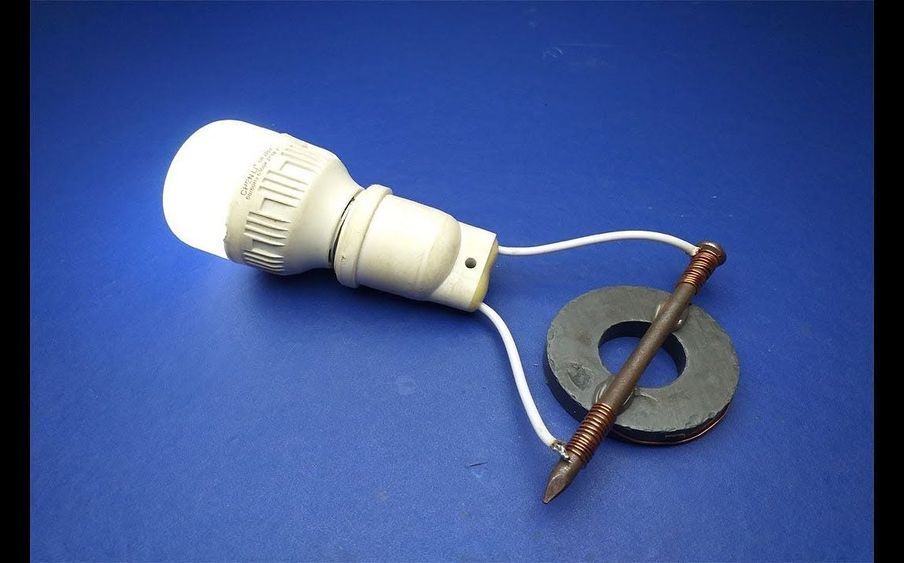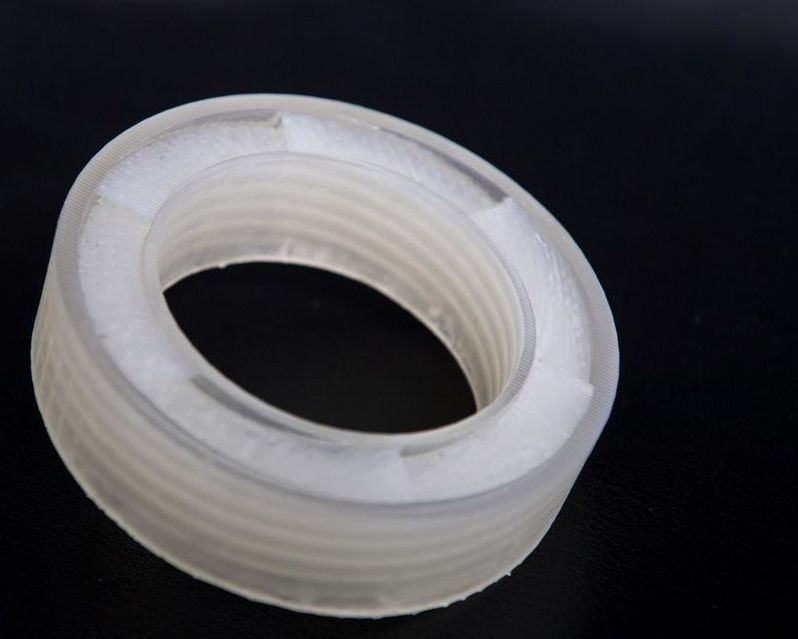Jul 15, 2019
Researchers develop computer model of ferrofluid motion
Posted by Quinn Sena in categories: biotech/medical, computing, nanotechnology
Ferrofluids, with their mesmeric display of shape-shifting spikes, are a favorite exhibit in science shows. These eye-catching examples of magnetic fields in action could become even more dramatic through computational work that captures their motion.
A KAUST research team has now developed a computer model of ferrofluid motion that could be used to design even grander ferrofluid displays. The work is a stepping stone to using simulation to inform the use of ferrofluids in broad range of practical applications, such as medicine, acoustics, radar-absorbing materials and nanoelectronics.
Ferrofluids were developed by NASA in the 1960s as a way to pump fuels in low gravity. They comprise nanoscale magnetic particles of iron-laden compounds suspended in a liquid. In the absence of a magnetic field, ferrofluids possess a perfectly smooth surface. But when a magnet is brought close to the ferrofluid, the particles rapidly align with the magnetic field, forming the characteristic spiky appearance. If a magnetic object is placed in the ferrofluid, the spikes will even climb the object before cascading back down.


















